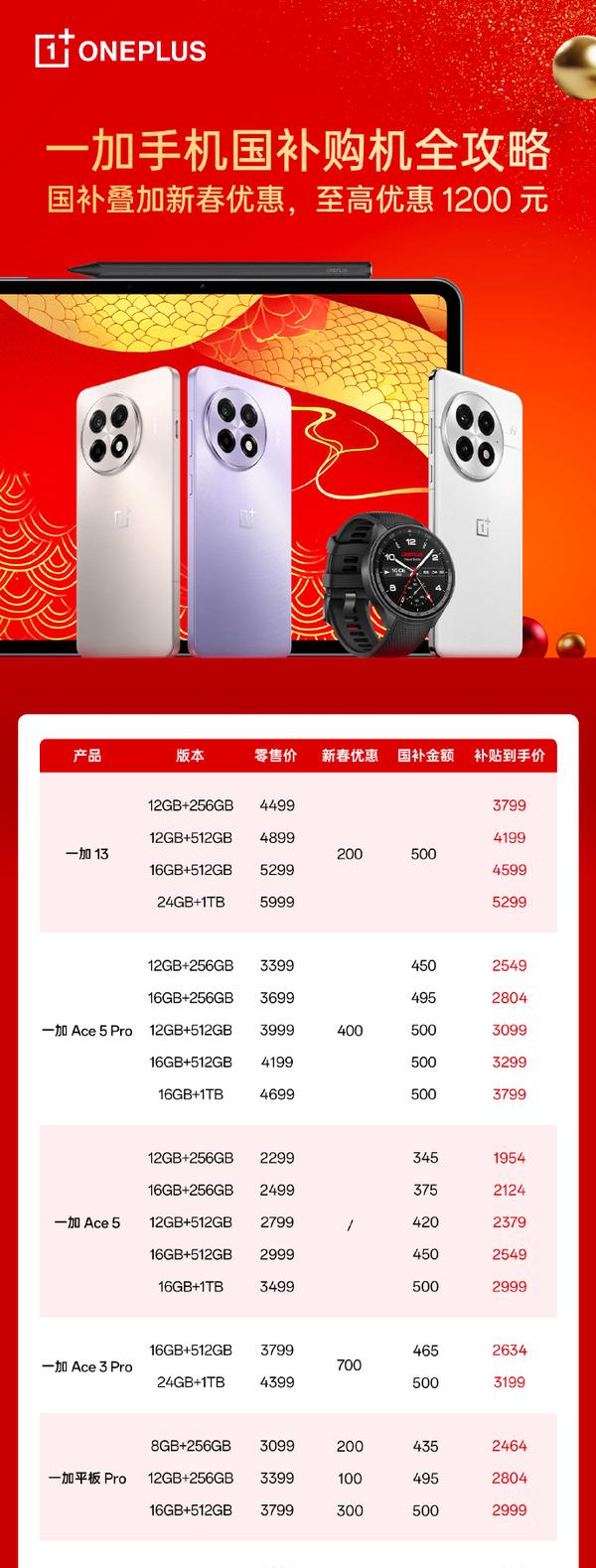Mobile Phone Subsidies in China: Understanding the Complex Consumer Policy
China launched a nationwide mobile phone subsidy program in January 2025, offering 15% rebates on devices under 6000 yuan. However, consumers express mixed reactions regarding actual price benefits and market impact.

China’s Ministry of Commerce recently implemented a nationwide mobile phone subsidy program aimed at stimulating consumer spending in the digital device market. This initiative, which began on January 20, 2025, represents a significant intervention in the consumer electronics sector.
The policy’s core mechanism offers a 15% subsidy on mobile phones priced under 6000 yuan (approximately $840), with a maximum rebate of 500 yuan ($70) per device. For example, a phone originally priced at 3500 yuan that’s discounted to 3000 yuan would receive a 450 yuan subsidy, bringing the final price to 2550 yuan.
However, the program’s rollout has generated considerable discussion among Chinese consumers. Many have observed interesting market dynamics emerging in response to the subsidies. Some retailers appear to have adjusted their pricing strategies, with previous discounts being removed just as the subsidy program launched. This has led to skepticism about whether consumers are truly benefiting from the intended price reductions.
Different regions in China have implemented variations of the national policy. Jiangsu Province, for example, offers an enhanced subsidy rate of 20% for energy-efficient devices, while Guizhou Province provides a 20% subsidy specifically for domestic brand phones priced under 3000 yuan. These regional differences reflect local economic priorities and market conditions.
The policy’s impact extends beyond just mobile phones, encompassing tablets and smart wearables as well. Each consumer is limited to one subsidy per product category, preventing multiple claims. This restriction helps ensure broader distribution of the program’s benefits across the population.
Market response has been swift, with major retailers and e-commerce platforms integrating the subsidy program into their sales systems. Popular brands like OnePlus, Xiaomi, and Apple have adjusted their marketing strategies to highlight post-subsidy pricing, though some consumers report that actual savings may be less straightforward than advertised.
The relationship between manufacturer pricing and government subsidies has emerged as a key point of discussion. Some observers draw parallels to healthcare insurance systems, noting how prices might adjust to absorb subsidy benefits. This has sparked debate about the long-term effectiveness of such consumer stimulus measures.
For the Chinese consumer electronics market, this program represents a significant experiment in demand-side stimulus. While early reactions suggest mixed results, the true impact on consumer behavior and market dynamics will likely become clearer as the program continues throughout 2025.